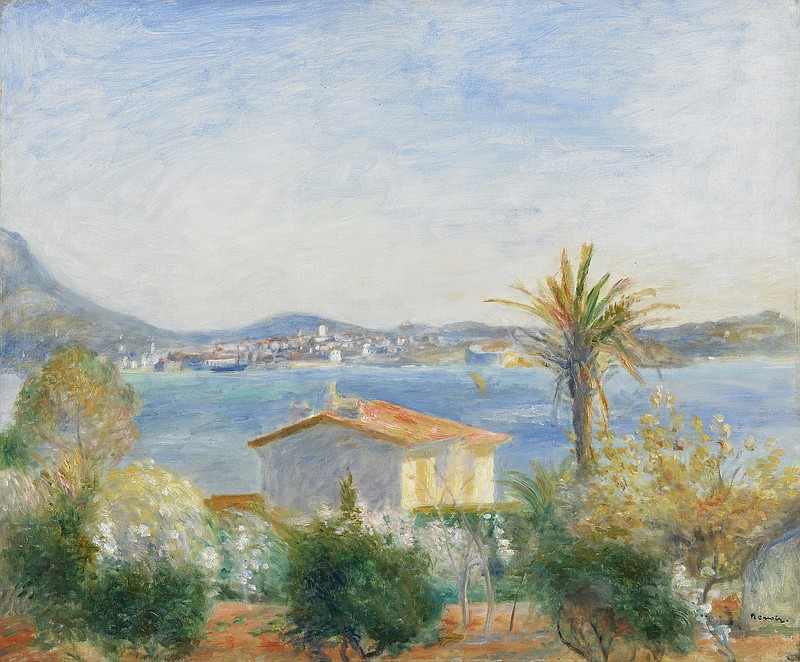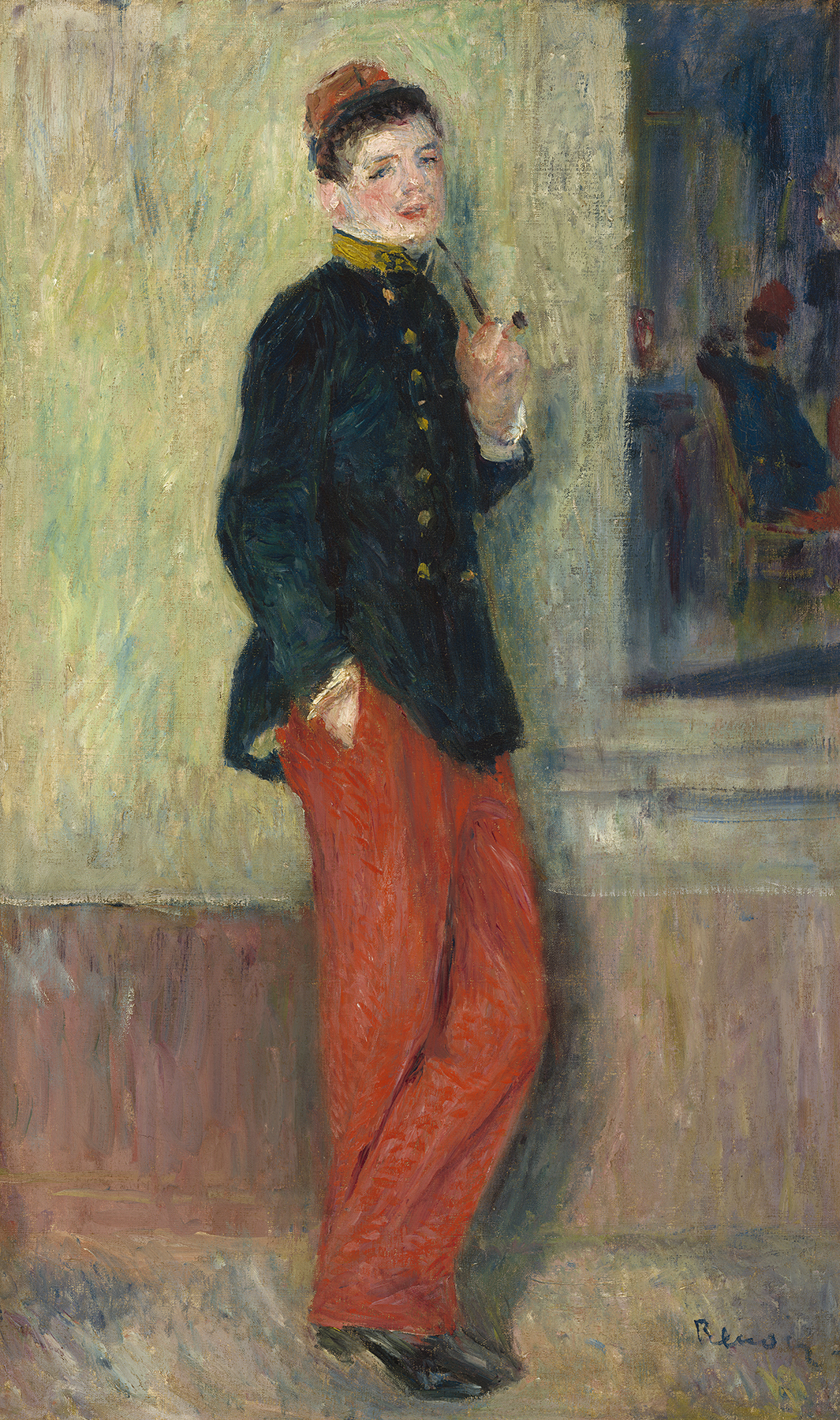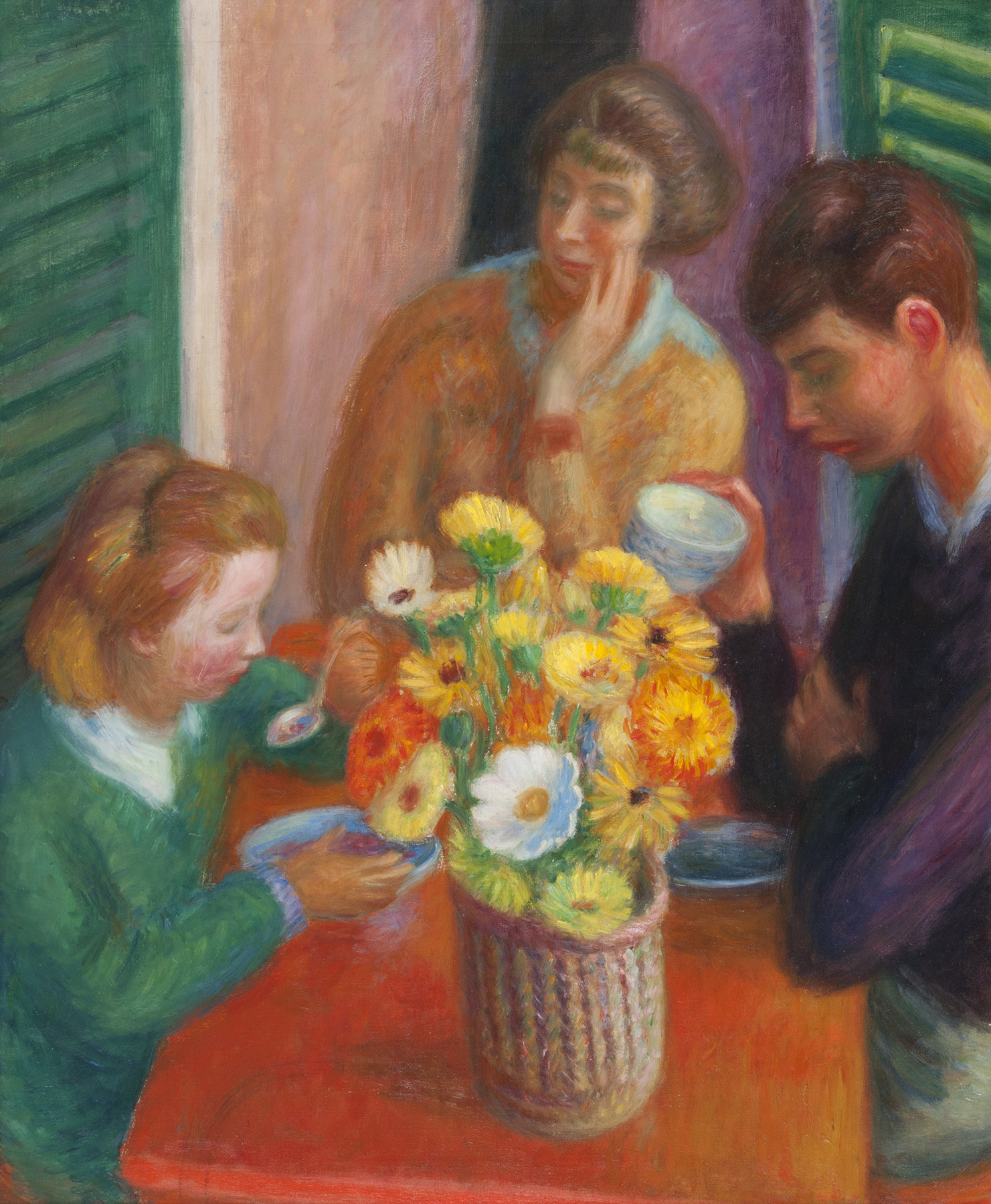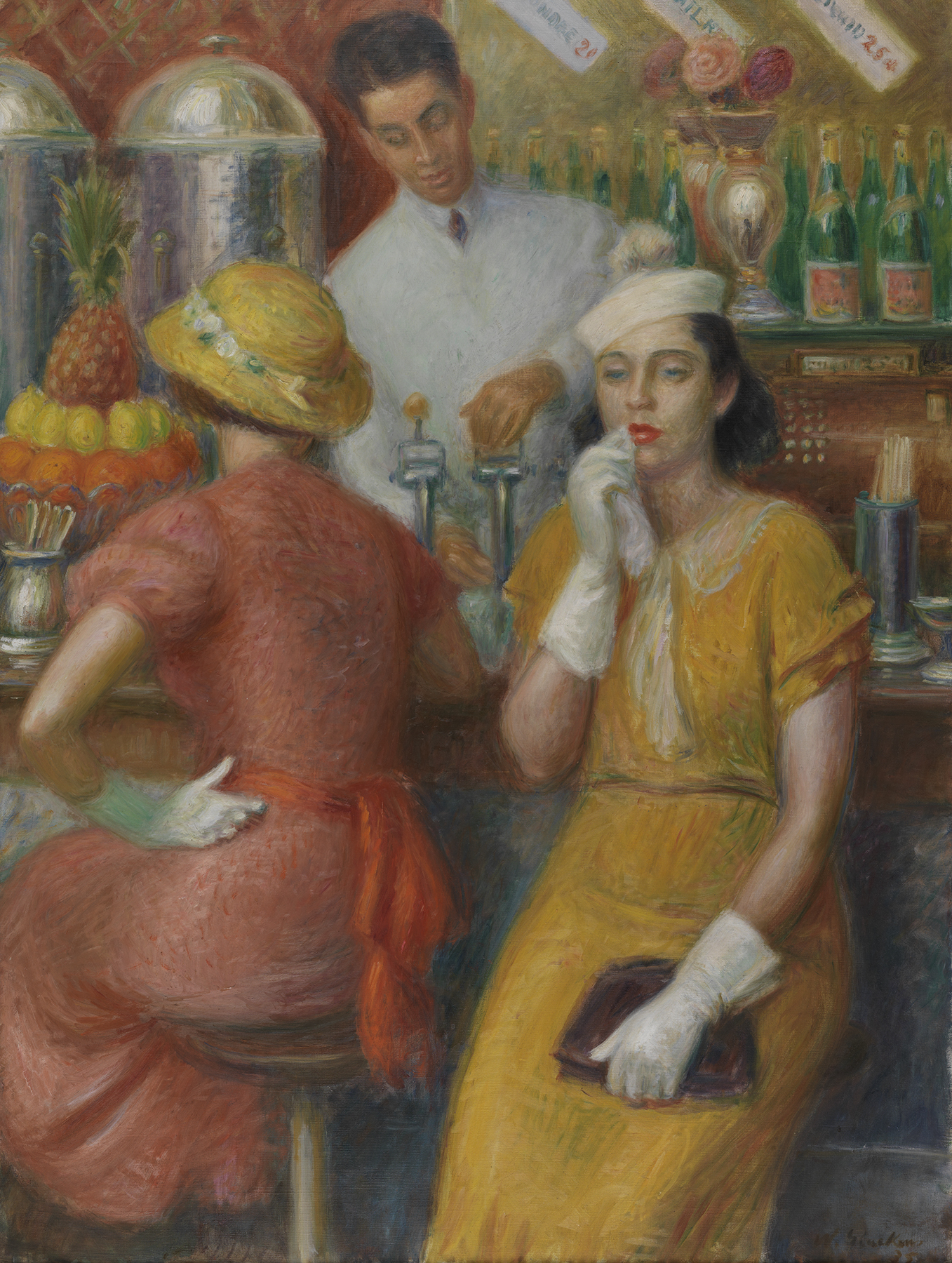A simple phone call sparked by curiosity led to what is being called a "landmark exhibition" now on view at the Hunter Museum of American Art.
The exhibit, "William J. Glackens and Pierre-Auguste Renoir: Affinities and Distinctions," explores the significant influence the late work of French artist Renoir had on the career and artistic direction of Glackens, an influential American modernist who helped shape the American artistic landscape of the early 20th century.
On display through Sept. 22, the exhibition was organized by the NSU Art Museum Fort Lauderdale, part of Nova Southeastern University. It was curated by Dr. Barbara Buhler Lynes, the Sunny Kaufman senior curator at NSU and a preeminent art historian and scholar.
"We have a Glackens [work]," says Hunter Executive Director Virginia Anne Sharber, "and they wanted to borrow it for the exhibit, so we called and asked, 'Well, where else is the exhibit going?'"
The exhibition features more than 20 original pieces by each artist. They are installed by thematic comparisons, so that works by each artist, including portraits, landscapes, nudes, lithographs and etchings, are hung side by side.
An eight-page "Glackens & Renoir Exhibition Family Guide" was also created with flip cards designed to show the differences and similarities in the two artists' works.
For instance, Glackens' oil painting "Lenna Dressed as Toy Soldier" (1923) pays homage to Renoir's "The Young Soldier" (1880). Both portraits depict soldiers wearing red pants in a hazy impressionist style. The most obvious difference shows Renoir's youthful subject slouched against the wall with a tobacco pipe, while Glackens' toy soldier (his daughter, Lenna) stands rigid with a rifle and white gloves.
The Fort Lauderdale museum has nearly 400 Glackens in its collection. Altogether, 31 lenders, including the Hunter, the NSU Art Museum, the Whitney Museum of American Art and The National Gallery, London, provided the works.
Sharber says it represents the most high-profile temporary exhibit at the Hunter since the Monet and American Impressionism exhibit in 2015. Hosting such exhibits, she says, brings attention to "what we have here. Hopefully, it will bring people from Chattanooga and elsewhere, and they will see the entire collection we have here."
Renoir (1841-1919) was a founding member of the impressionism style of painting. Glackens (1870-1938) saw a Renoir exhibit in America in 1908, and it greatly impacted his work, so much so that he was later called the American Renoir, which he took as a compliment.
"Can you think of a better man to follow than Renoir?" he would say.
Glackens was first noted in the international art world for his dark, but vibrant street scenes and daily life in New York and Paris before World War I. He also did work for newspapers and magazines as an illustrator.
He was also associated with a group of artists known as The Eight and today is considered one of the original Ashcan realists, along with Robert Henri, John Sloan, George Luks and Everett Shinn. The Eight were so-dubbed by the media after they held an exhibit on their own after repeated rejections by the then-powerful National Academy of Design.
It made them rebels, a la Renoir in his day, whose impressionistic style was a break from the realism of the day.
Contact Barry Courter at bcourter@timesfreepress.com or 423-757-6354.
Definitions
› Modernism: An art movement originally inspired by the Industrial Revolution in the late 1800s. Modern art made a purposeful break from traditional art and embraced a spirit of experimentation. Modern artists focused on light, color and form and were less interested in “realistic” details than those who came before them.› Impressionism: A painting style that started in France around 1874. Impressionists used rapid, expressive brushstrokes to capture “impressions” of a moment in time. Impressionism focuses on the way light and atmosphere affect color. The style was so different from realism that it was considered a part of modernism.› Realism: An artistic movement that began in France in the 1840s. It portrayed real people and situations with attention to accuracy and details. Unlike impressionists, realists used smooth, blended brushstrokes.› Portraiture: A portrait is an image of a person that captures their likeness or personality.› Still Life: These works are typically considered to be images of flowers or bowls of fruit, but still life painting can be a collection of any objects that are stationary in real life.› Landscape: An image that depicts an area of land or an outdoor space, landscape paintings include natural and physical elements like plants, trees, rivers and clouds.— Source: “Glackens & Renoir Exhibition Family Guide”



